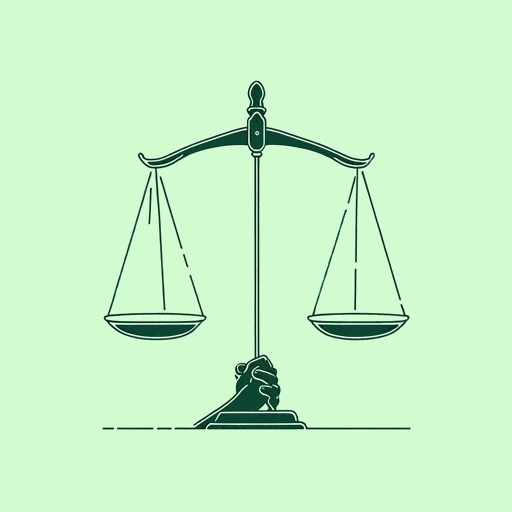44 pages • 1 hour read
Gilbert KingDevil in the Grove
Nonfiction | Book | Adult | Published in 2012A modern alternative to SparkNotes and CliffsNotes, SuperSummary offers high-quality Study Guides with detailed chapter summaries and analysis of major themes, characters, and more.
Key Figures
Thurgood Marshall
A towering figure in American jurisprudence and civil rights history, Marshall (1908-93) is depicted from his earliest days as a lawyer in the early 1930s when he handles a number of controversial race-related cases. By the period depicted in Devil in the Grove, he is celebrated and revered in the black community, popularly known as “Mr. Civil Rights” and “Number One Negro” (353, 45). A resident of Harlem, he lives in a desirable neighborhood alongside a number of prominent African Americans.
Marshall shows many contrasting personality traits in the book. One thing that makes Marshall so effective in the courtroom is his “cool, methodical manner” and his reluctance to get pulled into the emotion of the case (8). On the other hand, Marshall shows anger in the NAACP office as a result of friction between him and his younger fast-rising colleague Franklin Williams. Marshall does not want Williams to seize his job and fires him.
Despite his strategic, cool reasonableness in the courtroom, Marshall can adopt the fiery appeal of a southern black preacher, as during his speech in defense of Walter Irvin at a Miami church. Marshall’s eloquent public speaking—shown also in his concluding argument at the retrial—is a powerful tool in convincing people of the rightness of his cause.

